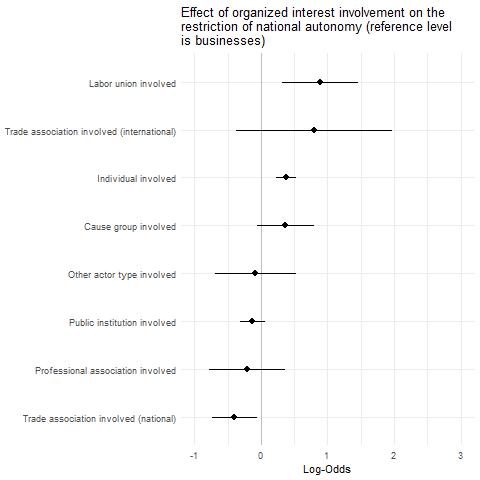EU Law Litigation: Who Litigates, Who Influences Judges, What Downstream Effects?

Abstract
Litigation is the fuel that makes the European Union’s (EU) legal order work. By going to court, private and public actors can claim their EU rights, argue their case before the European Court of Justice (ECJ), and shape subsequent debates and supranational policies. In this chapter, we situate EU law litigation in a broader comparative context by answering three questions: who litigates EU law, who influences ECJ decisions, with what downstream effects? We first draw on existing empirical legal studies (ELS) to compare whether well-established litigation patterns in the United States also appear to arise in the EU. While research in both contexts suggests that it is the “haves” (businesses and interest groups clustered in cities) who disproportionately litigate, studies of the EU context disagree about whether the capacity to litigate automatically begets judicial influence and downstream effects. To advance this debate, we systematically map the litigation propensities and relative influence of various types of litigants using an original dataset of 7353 cases referred by national courts to the ECJ from 1957 to 2018. We uncover several illuminating patterns that open pathways for future research. First, EU law litigation is not only driven by resourceful business and trade associations, but also by a surprising abundance of resourceless individuals and a striking paucity of labor unions and advocacy groups, although these patterns vary across member states. Second, individuals, labor unions, and trade associations are most effective in influencing the ECJ, but in opposing and counterintuitive ways: whereas labor unions and individuals prompt liberalizing rulings that restrict national autonomy, trade associations prompt protectionist rulings that safeguard national autonomy. Finally, individuals and advocacy groups are better able to attract attention and shape downstream legal debates via EU law litigation than businesses and trade associations. The “haves” are certainly protagonists of EU law litigation, but they are neither the sole nor the most effective protagonists.
Reference
- Silje Synnøve Lyder Hermansen and Tommaso Pavone (2025). “EU Law Litigation: Who Litigates, Who Influences Judges, What Downstream Effects?” In Empirical Legal Studies of EU Law. D. Naurin, U. Sadl, & J. Zglinski (Eds.). United Kingdom: Cambridge University Press.